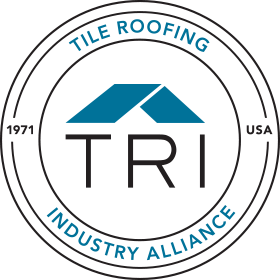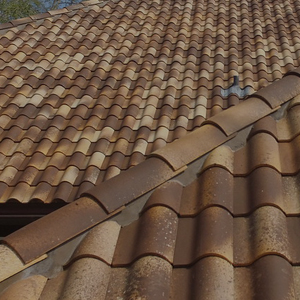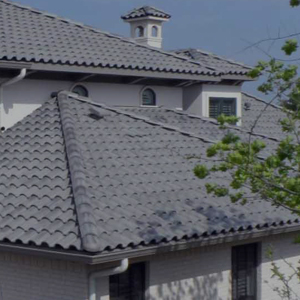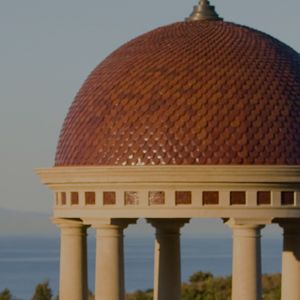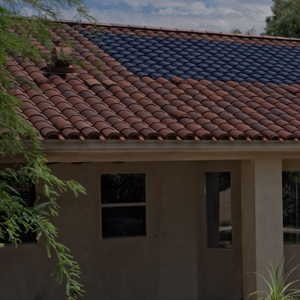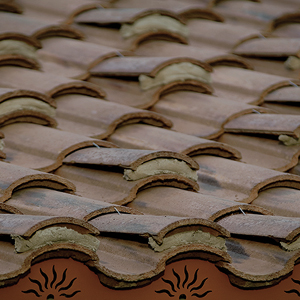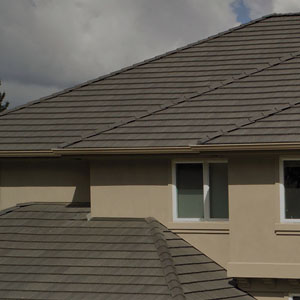Features and Benefits of Tile Roofing
Design
- Color Variety
- Concrete and clay tiles come in a wide array of colors, from light shades to dark or multi-colored, making it easy to coordinate your roof with exterior colors.
- Profiles and Styles
- Roof tiles can match any architectural style, from colonial to contemporary. Tiles can be flat or round, simulate wood shakes or replicate centuries-old roofing materials.
- Increased Value
- Houses sell better and faster, with more appraisal credits.
Durability
- Long-Term
- Tile roofs have the lowest life-cycle cost of any other roofing material. Centuries-old tile roofs still endure today.
- Fire Resistance
- Tiles are Class A fire resistant as a product and a system.
- High Wind Resistance
- Clay and concrete tile roofing has been tested to withstand wind speeds up to 150 miles per hour.
- Hail Resistance
- Concrete and clay tiles can resist damage from hailstones that are larger than a golf ball and are tested according to FM4473 for hail resistance.
- Seismic Tested
- Tile roofs exceed current seismic load requirements for building materials when installed to the current fastening requirements.
Sustainable Building
- Sustainability
- Tile roofs, whether clay or concrete, are highly efficient roofing products that may qualify for LEED certification – the most widely used green building rating system in the world.
- Environmentally Responsible
- Materials do not deplete limited natural resources and use no chemical preservatives in production. All waste can be recycled and tile’s long life cycle reduces the need for reroofing and landfilling of waste.
- Reflectivity
- Tile roofs come in a large assortment of colors, some of which are Cool Roof rated and/or meet ENERGY STAR requirements, reflecting more sunlight and absorbing less heat than a standard roof.
Additional Benefits
- Easy to Install
- Tile roofs are one of the simplest systems to install when done by trained professionals.
- Fewer Installation and Maintenance Costs
- Installation and maintenance costs are much lower than other roofing materials.
- Easy to Repair
- Tiles are easiest to repair because a damaged tile can be individually replaced.
- Easy to Maintain
- Tile roofs are practically maintenance free.
- Independent Industry Testing
- TRI Alliance sponsors and supports independent studies on seismic load and wind, hail, fire and cold-weather resistance.
- Installer Certification
- Contractors go through a rigorous one-day training program and testing on code-approved methods of tile roof installation. Homeowners and builders can search TRI Alliance’s Find a Contractor for certified installers in their area.
